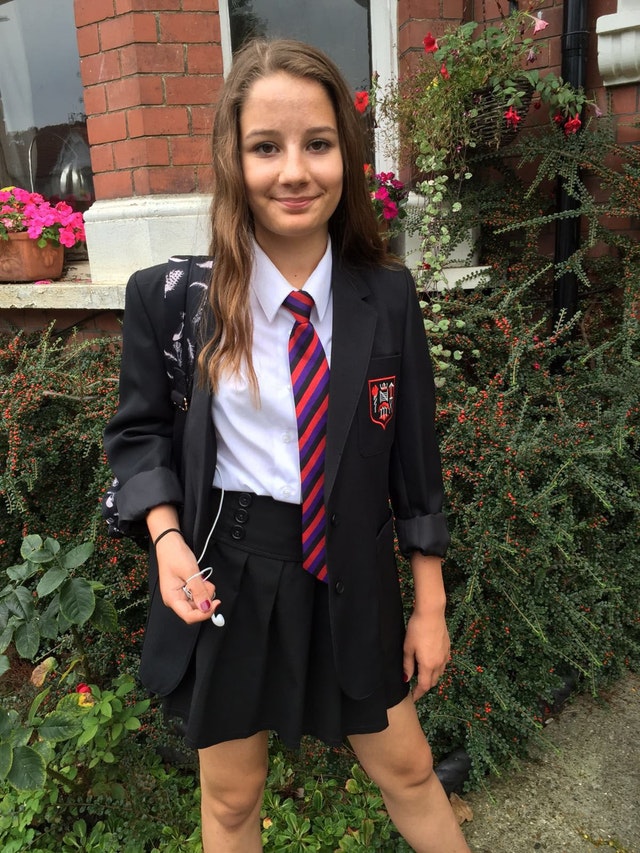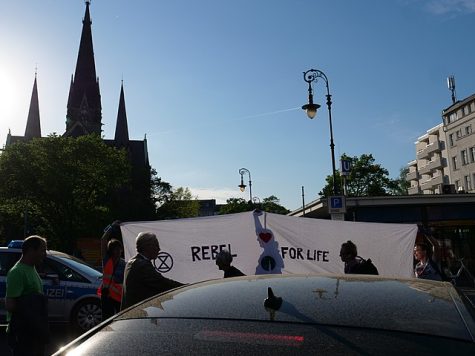Instagram Changes Policies After Blamed For Suicide
Social media and photo streaming platforms have become the language of the modern century. As individuals representing all age groups ranging from children to senior citizens abandon seemingly outdated sources and opt for contemporary outlets such as Instagram. With higher accessibility to such outlets, content is being uploaded faster than ever before and communication has become instantaneous. Accompanying the rapidness of society’s access to content, social media platforms- specifically Instagram- were criticized for their inability to remove graphic self-harm images from their sites.
Instagram has recently come under fire when being blamed for the suicide of 14-year-old British Molly Russell in 2017. After Russell’s decision to take her own life, her parents went through her Instagram account and found disturbing content of both Russell’s own desire to commit suicide and well as other posts that could have been interpreted as glorifying suicide as an option to escape temporary pain. Ian Russell, Molly’s father, after viewing the content made accessible on the platform, publicly spoke out and cast blame on Instagram for the death of his daughter. Instagram initially chose silence as a response to Russell’s story; simply assuring the public that its policies did not tolerate such content on the platform and that posts alluding to depression, suicide, self-harm, and other related topics were eliminated from the social media app. However, both Russell and other Instagram users can testify to the falsehood of the app’s statement where BBC publicly confirmed it when searching #selfharm on the platform and encountering results of both graphic photos illustrating self-harm as well as captions that promoted it as a mean of surrender.
After Instagram faced criticism for their lack of actions against its detrimental content, the platform recently announced an updated policy where all graphic self-harm images will be banned in response to preventing future deaths like Molly’s. The growing animosity towards the site culminated in an arranged meeting between Matt Hancock, health secretary, and the social media’s head, Adam Mosseri, where both commented on the lack of action from the platform in removing distressing content that could potentially lead individuals to suicide. Alongside measures to remove graphic posts regarding self-harm, Instagram has introduced additional measures that will remove non-graphic images from the most public profiles in an attempt to save its public reputation as a streaming site.
The National Society for the Prevention of Cruelty to Children of NSPCC applauded Instagram’s efforts to maintain its reputation as well as spread help to the most vulnerable but did admit that social media platforms are still falling short of their responsibilities and a viable option now would be active legislation. Chief executive of NSPCC, Peter Wanles, states that “It should never have taken the death of Molly Russel for Instagram to act. Over the last decade, social networks have proven over and over that they won’t do enough.” Wanless believes that the only manner by which to prioritize suicide and self-harm prevention on social media platforms would be through legislation which would provide punishment for networks who fail to focus on user safety over own reputation and success. Government officials have considered creating legislature that would impose regulation on technology websites but none have been publicly presented. However, from the network’s point of view, Mosseri and other heads claim that certain posts mentioning suicidal topics should be allowed to remain public on the site as he views them as cries for help by the people who post them. Although such photos would go against Instagram newest policies, Mosseri assures that such posts would be harder to access and would serve as forms of expression instead of ‘advertisements’ for suicide.
Despite society’s history with romanticizing suicide, incoming generations have completely broken the stigma around the topic and have raised the awareness it lacked in past centuries. Every post, comment, like made public on the internet has been accredited with the ability to kill- Instagram most recently being blamed as a ‘helper’ in the suicide of Molly Russell. Instagram’s new policies against self-harm posts demonstrate the contemporary mindset that many networks are adopting as they struggle to remain relevant in a generation that will never be satisfied until no more lives are taken because of the content allowed to exist at the touch of a finger.

Maria Monaco is currently a 16-year-old junior at Mendham High School. She is originally from Brazil, living in São Paulo for seven years until moving...










